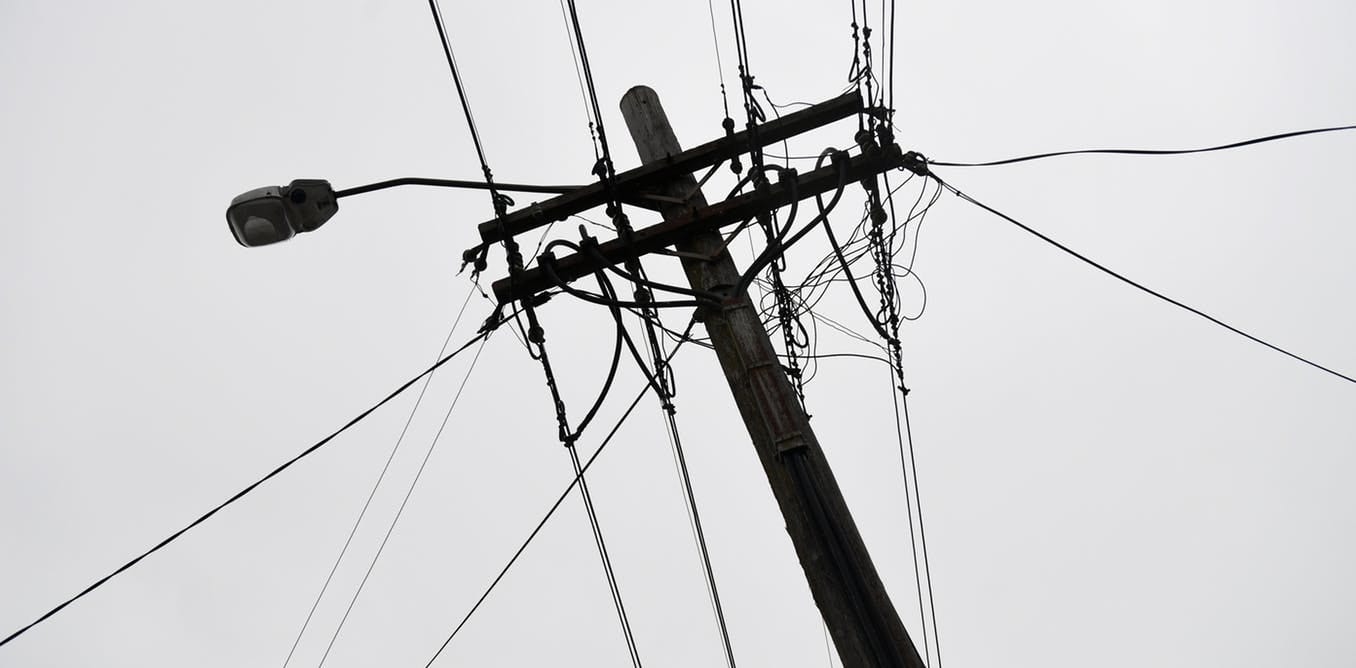
After initially seeing the NEG as a possible win for consumers and the environment, I now see it as an almost certain disaster for prices, reliability and emissions.
The basic information is this.
- Peak demand is 35GW and sis lowly falling about 0-0.5GW per year
- Currently installed dispatchable power is 41 GW.
- Demand response capacity is reaching 3-4GW over next five years,
- Grid based and behind the meter battery installations is growing at exponential rates leading to 1.5-2GW of capacity by 2022
So even with the retirement of Liddell and availability of only 60 per cent from batteries:
Peak demand is likely to be 35GW minus *0.3(demand fall) and minus 3.0GW (demand response) = 31GW. Available despatchable capacity will be 39GW +0.6*1.7(storage) =40GW. i.e. a reserve margin of 29 per cent.
With tracking solar already being installed in northern and western parts of the grid, and new generation low wind turbines also being installed, the minimum generation from wind and solar on still hot afternoons is likely to exceed 2-3GW even if no new plants are built after the current crop is completed.
That will add further to the reserve margin.
Thus – from a reliability perspective – no new investment is needed.
As for emissions, Australians are installing about 1GW of rooftop solar per year. As grid prices continue to rise in the short to medium term and solar becomes cheaper and more and more acceptable, that number will rise.
The new installations will displace roughly TWh by 2022. Further closures of industry and the continued roll-out of energy efficient appliances and lighting will see demand on the NEM fall by about another 6-10TWh by 2022, thus annual demand will be around 175TWh.
Wind will supply around 15-20TWh, gas around 35Twh, hydro 20Twh and utility solar PV and solar thermal around 7-10Twh, leaving coal with about 90-95TWh.
Two years ago, coal supplied around 130TWh so one could make the case that the dirtiest coal stations will be the ones that lose market share, hence it will be possible to reach a “near enough” 25-30 er cent reduction in emissions with declining demand and the commissioning of currently progressing renewables projects.
Thus, the weak emissions guarantee with no further progress beyond 2030 will be met by system decay alone.
There is also the incorrect statement floating about that 33 per cent reduction in electricity emissions will meet our Paris commitments.
As the country is doing little about industrial and commercial energy efficiency, building performance or road transport our emissions from these sources will continue to rise so even with an optimistic 33 per cent reduction in electricity emissions, total emissions will fall between 5 and 10 per cent at best.
Once this analysis is well understood, investment in new generation will virtually cease, in fact many current projects – even those with financing in place will be cancelled. Already the stock market has reduced the value future pipeline of for Tilt Renewables and Infigen to virtually zero.
Thus the market power of the incumbents will increase and prices will continue to rise because they can, and reliability may slowly decline as 25 per cent failure rates among coal and gas plants becomes the norm.
And we will dramatically fail to meet our emissions targets. Even the coal industry will still be unhappy because falling demand will mean falling sales and no new investment
Further, once industrial users get over their initial euphoria about “certainty” they will realise that there will be no realistic improvement in prices or reliability so some who have been hanging on in the hope of progress will close up shop.
The subsidies to Alcoa will become untenable, Tomago will almost certainly go and my forecasts of 2022 demand will prove hopelessly optimistic
In a week I have gone from initial optimism to almost total despair.
Peter Farley is an engineer.







